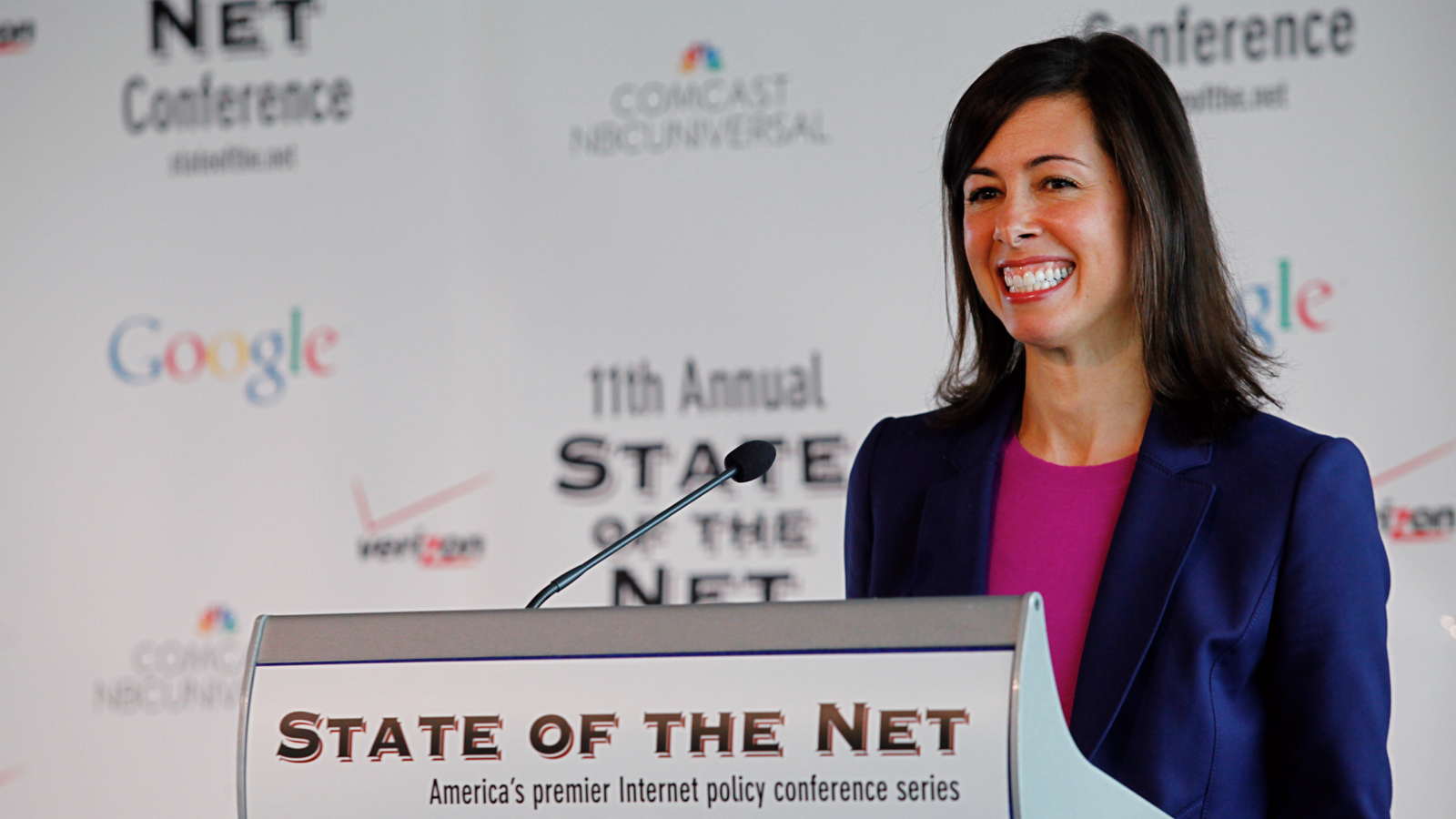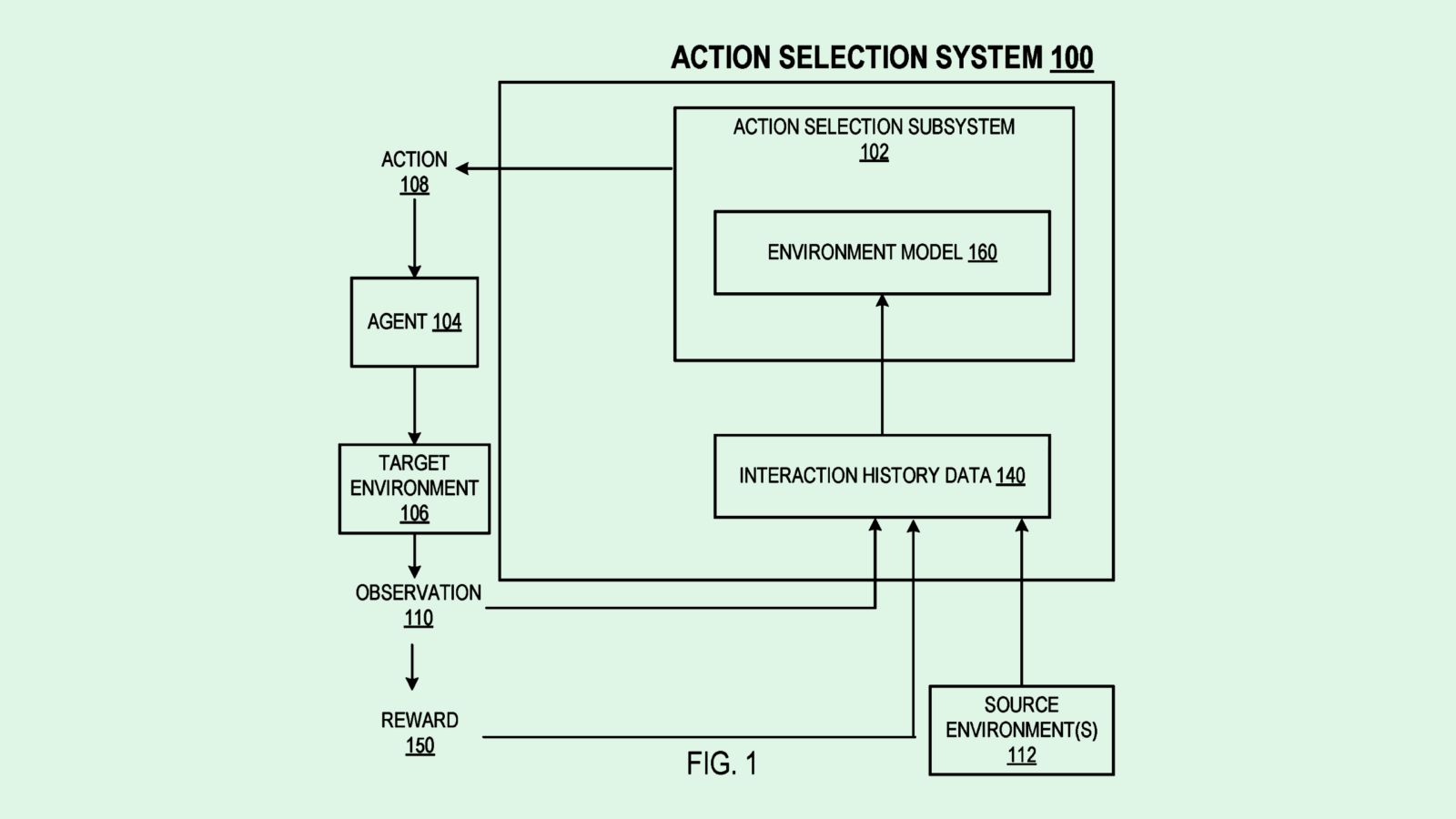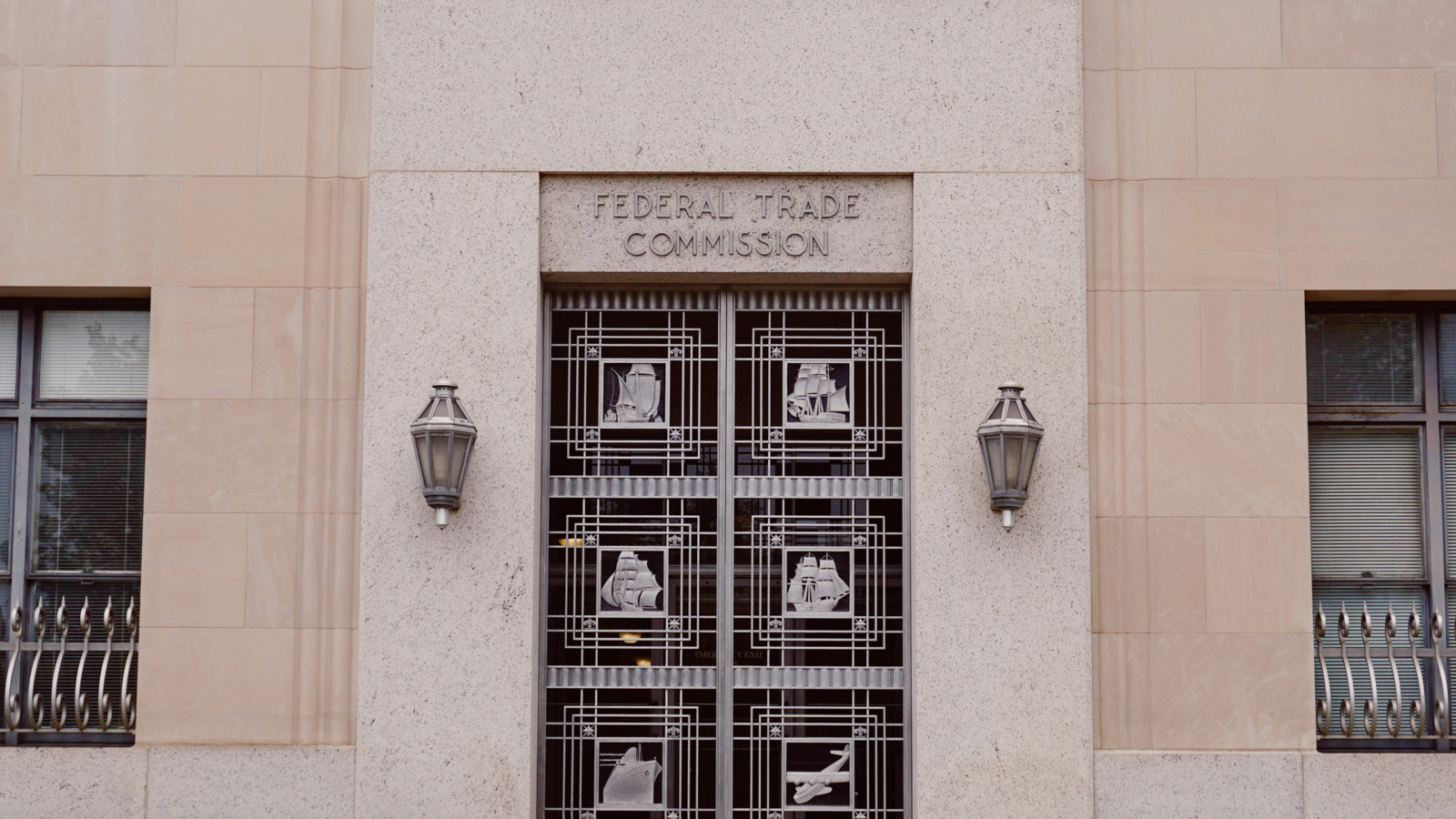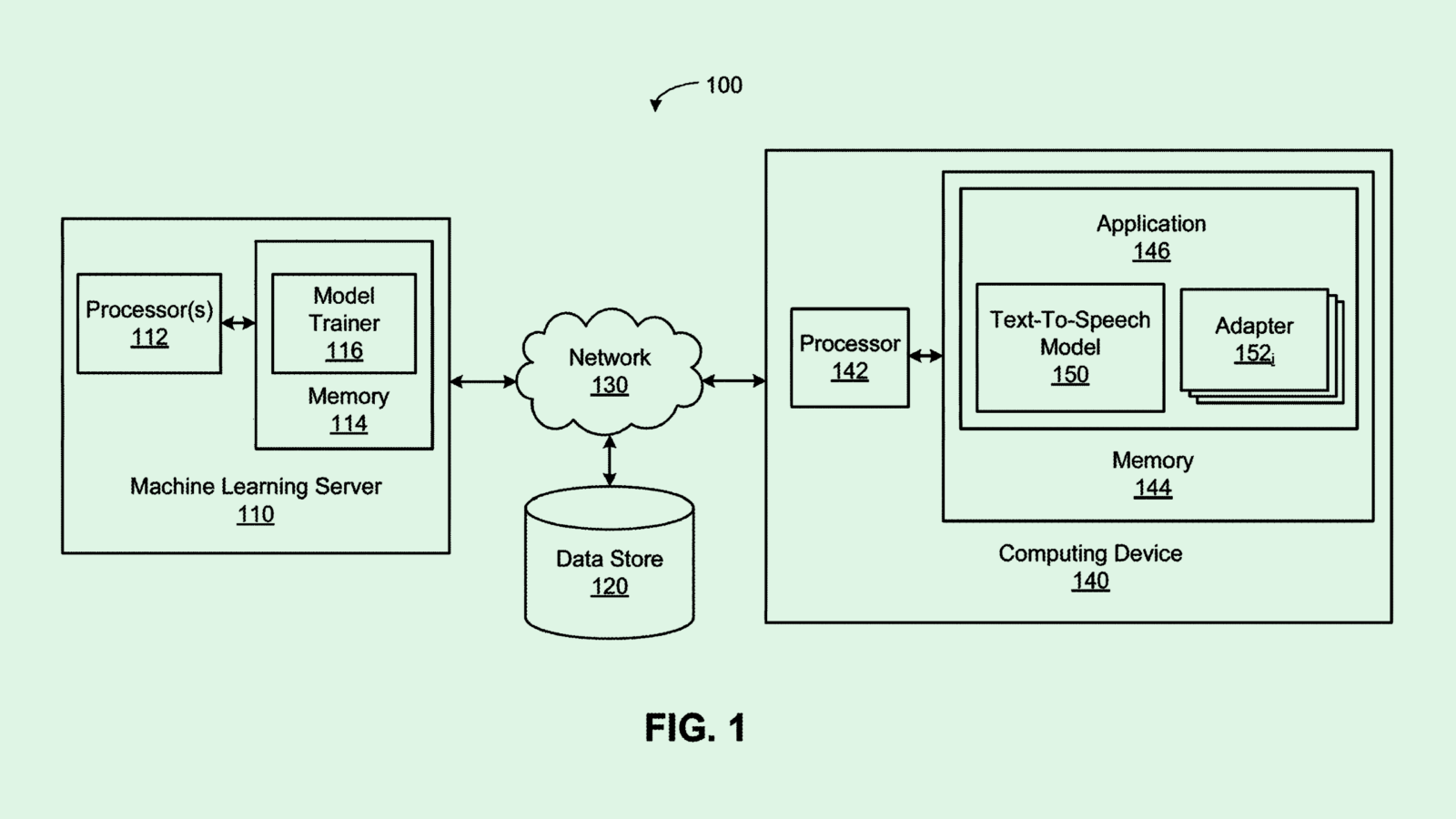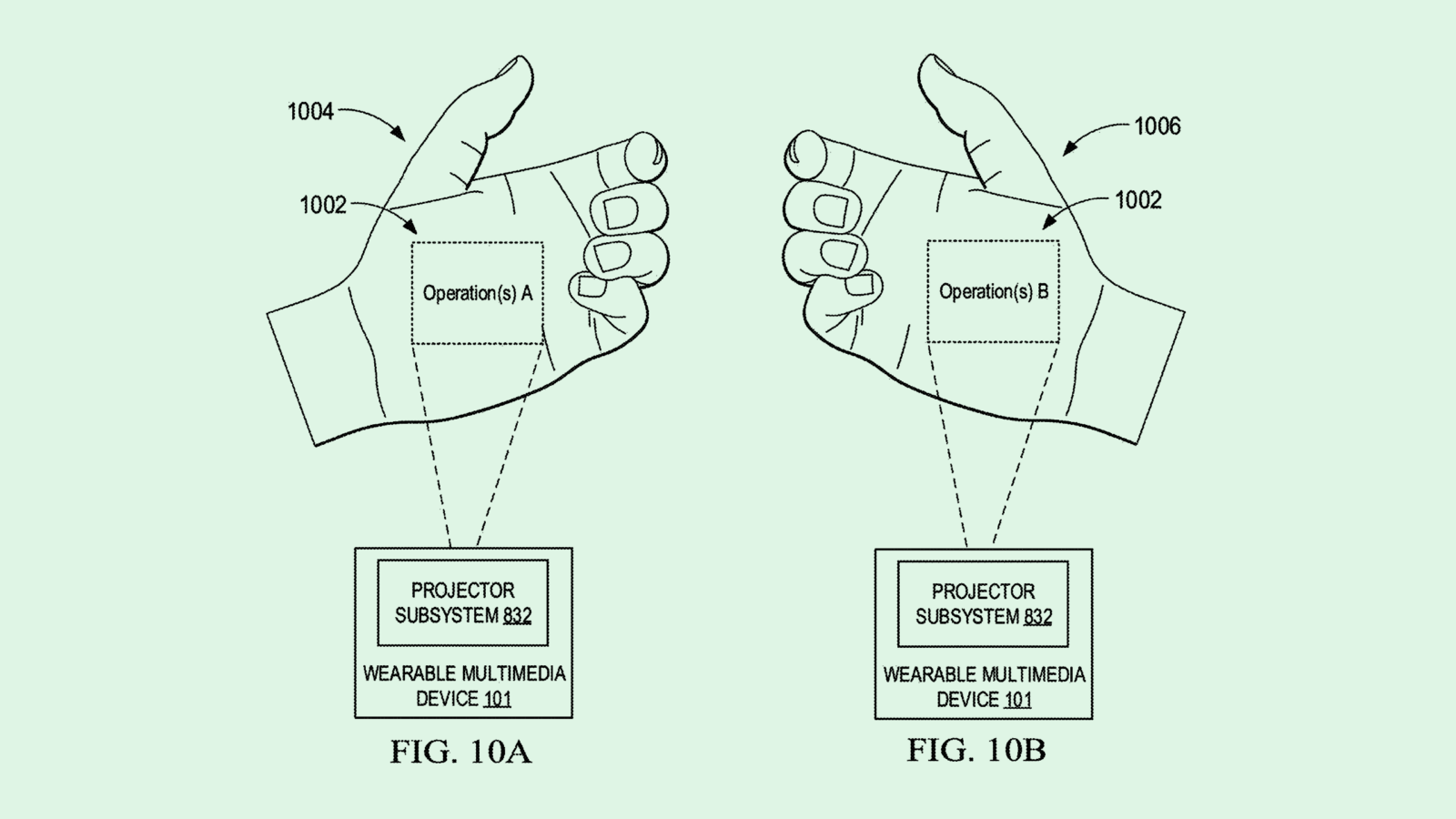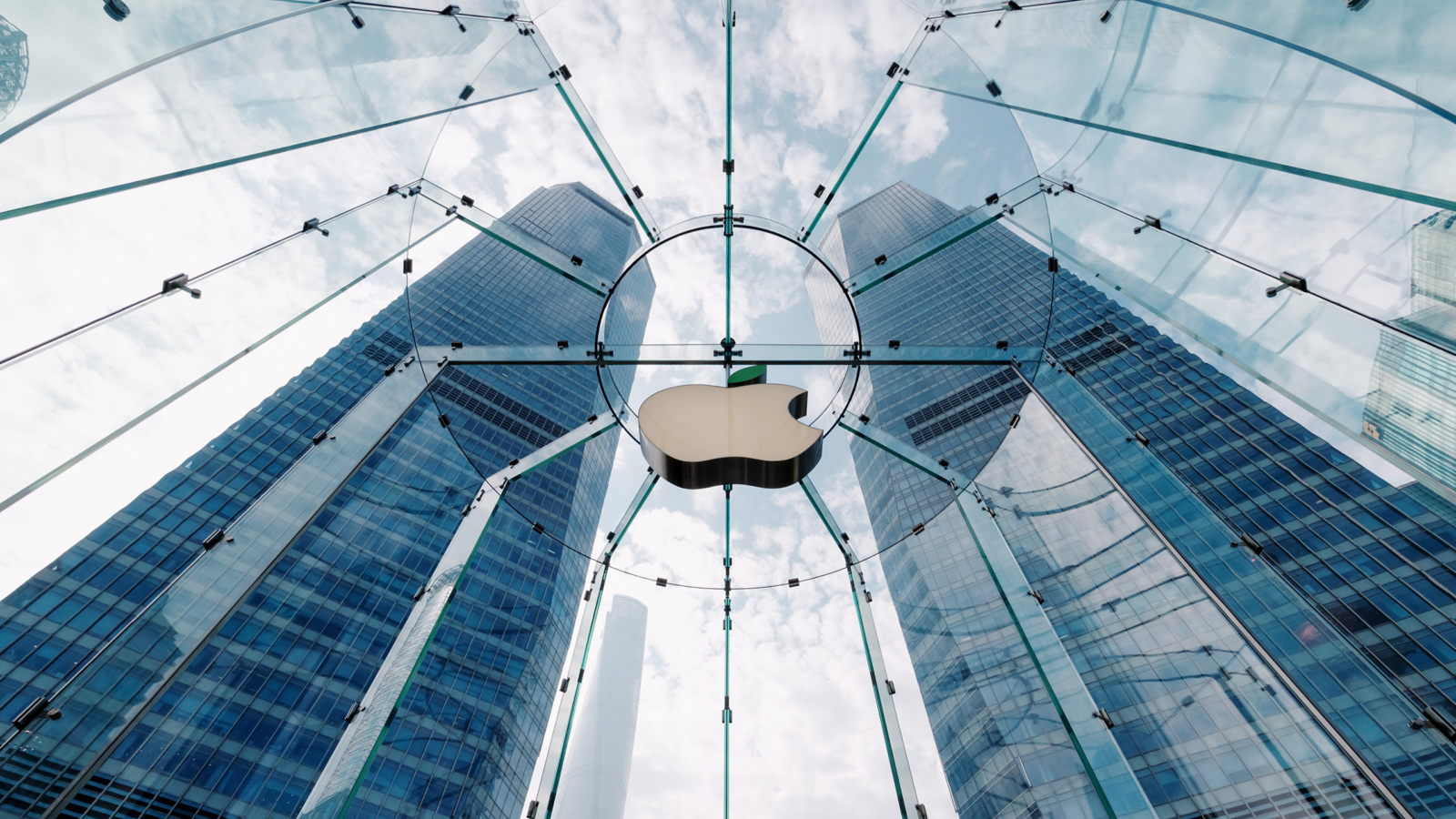
Sign up for smart news, insights, and analysis on the biggest financial stories of the day.
Americans are finally watching less television — only because they’ve switched to streaming.
Nielsen data from July show that traditional TV accounted for less than half of all US viewing time for the first time ever. But the shows most people are watching on services like Netflix and Disney+ are the ones made for traditional TV.
57 (Million) Channels (And Nothin’ On)
In July, cable and broadcast TV represented 29.6% and 20% of total US viewing time, respectively, while streaming services accounted for roughly 40%. The remaining piece of the pie was taken up by DVDs, video-on-demand, and gaming.
And while the number of US households with pay-TV packages has fallen 25% to roughly 75 million in the past decade, Americans still want the content:
- Netflix and Peacock subscribers spent a record 18 billion minutes watching Suits, a courtroom procedural that ran on USA Network, likely a product of America’s obsession with the royal family and Meghan Markle being a cast member.
- In a distant second place, streamers also watched 5 billion minutes of Bluey – a cartoon about an Australian dog that premiered on the Disney Channel.
You won’t hear actors and writers applauding, since they often receive little in residuals from streaming success — one of the reasons they’re on strike. Writer Ethan Drogin said one of his Suits episodes earned him a check worth less than $300.
Not So Different You and I: While streamers create loads of original content, they also spend tens of billions to acquire popular TV shows, films and live sports. And to spark subscriber growth, platforms generally begin with low-cost fees.
That’s changing, though. An analysis from The Wall Street Journal found that ad-free streaming plans go up in price roughly 25% per year. To avoid the upcharges, viewers can switch to plans with ads, which is great for streamers but strays from their original ad-free selling point. It’s getting to the point where the wall is breaking down so much between TV and streaming that the only clear difference between the two is who you’ll pay in the future.
